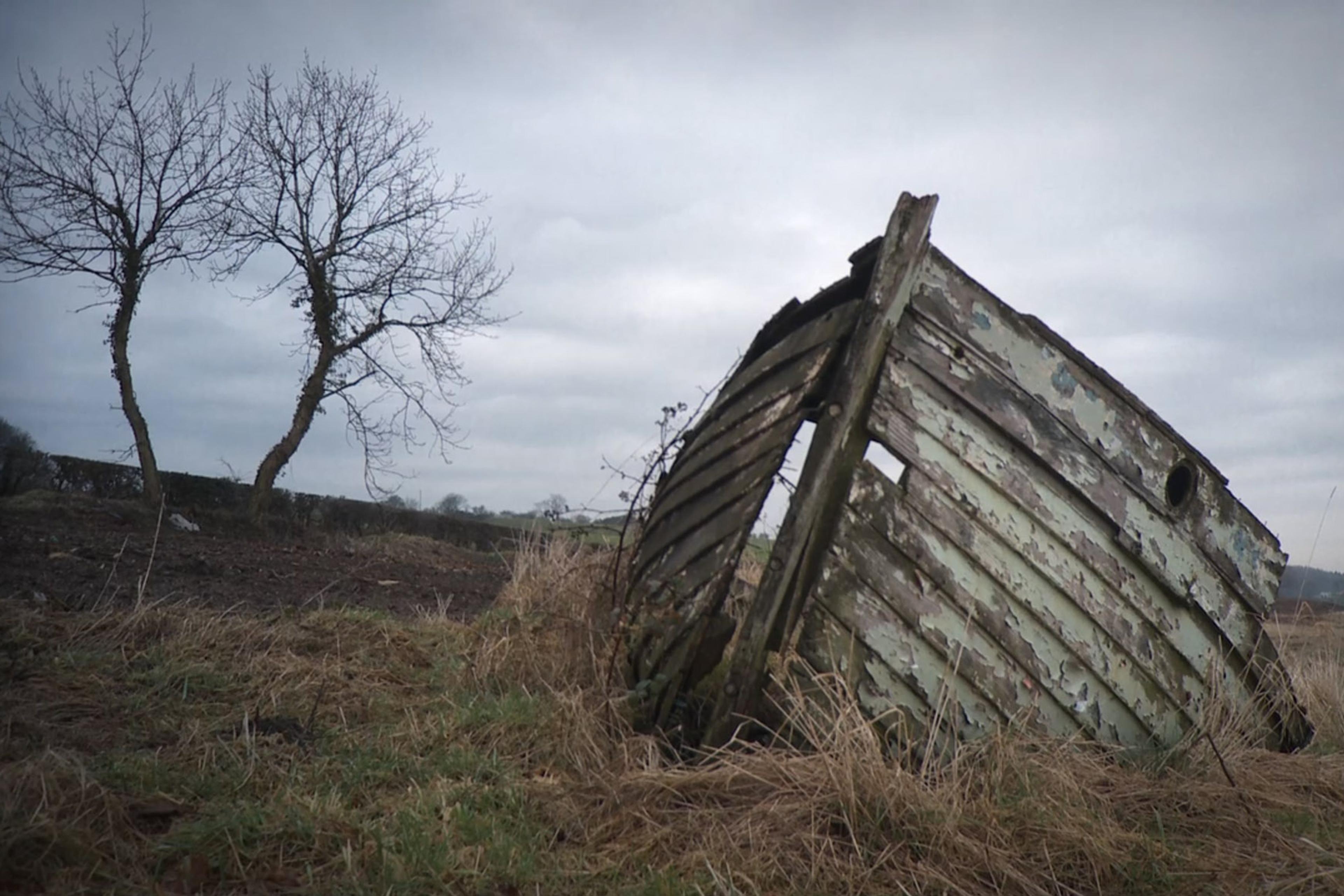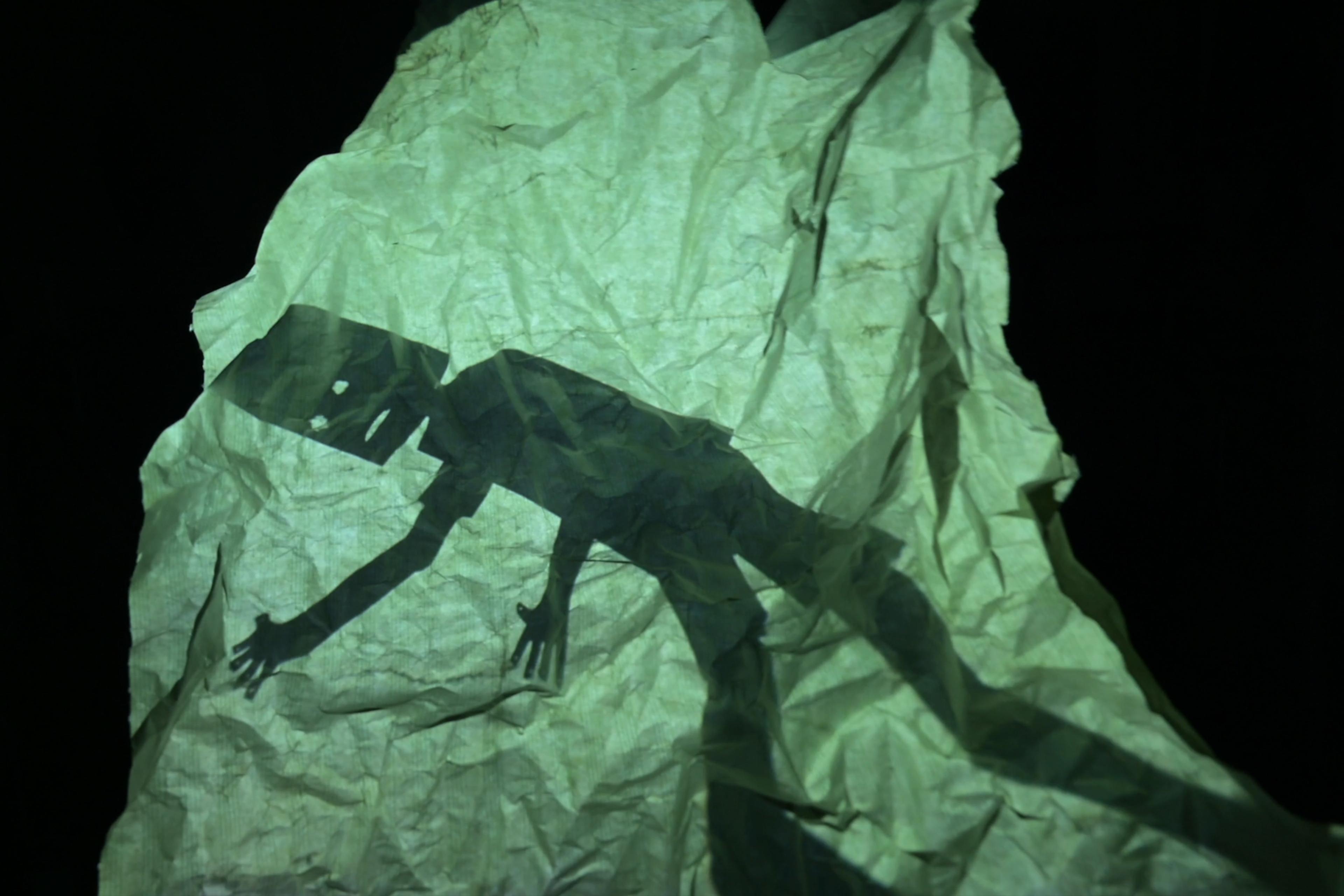Teacups tells the incredible true story of Don Ritchie (1926-2012) who lived next to a cliff in Sydney, Australia that’s notorious for suicide attempts, and saved at least 160 – and perhaps many more – lives. The Australian actor Hugo Weaving narrates this animated film from the perspective of Ritchie, telling how he came to embrace a simple yet life-saving gesture to those in distress: extending a gentle hand and the invitation of a warm cup of tea at his home. Behind his voice, a blue- and red-tinted colour palette imbues the minimalist animations with both the coldness of desperation and the warmth of compassion.
With their retelling informed by interviews with Ritchie’s family, the filmmakers Alec Green and Finbar Watson summon his spirit by weaving together the stories of individuals saved on the cliff with accounts of Ritchie’s navy service in the Second World War and, later, the heartbreaking loss of his closest friend. In doing so, the film highlights the immense, rippling power that small acts of kindness can hold – a truth that became even clearer to Ritchie as, in the wake of his interventions, many of those he had saved came back to thank him.







